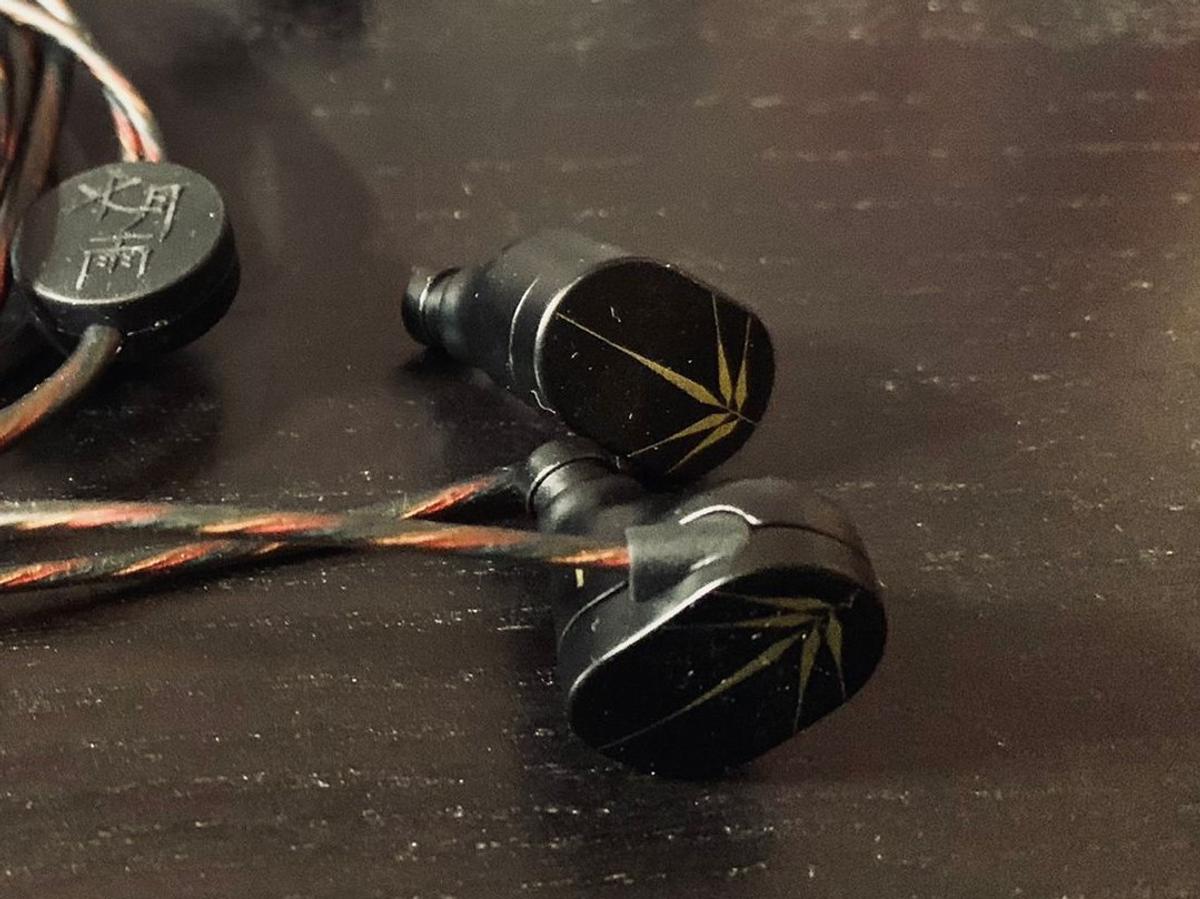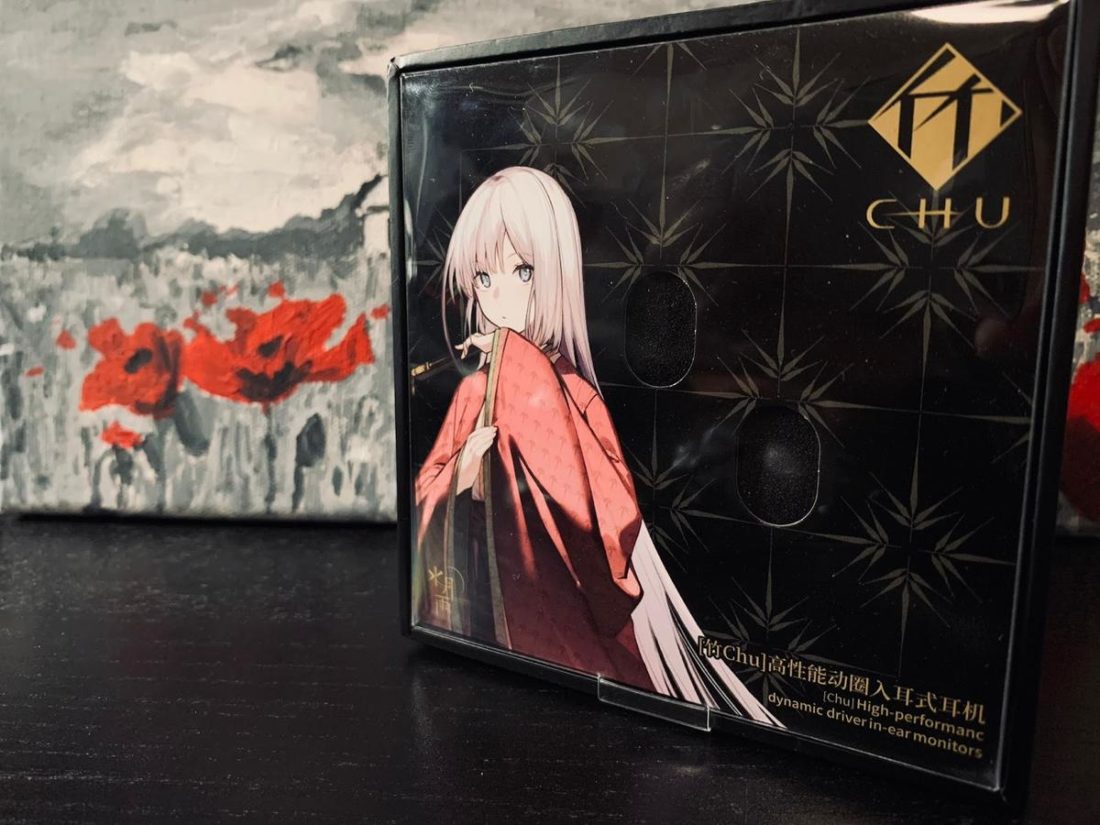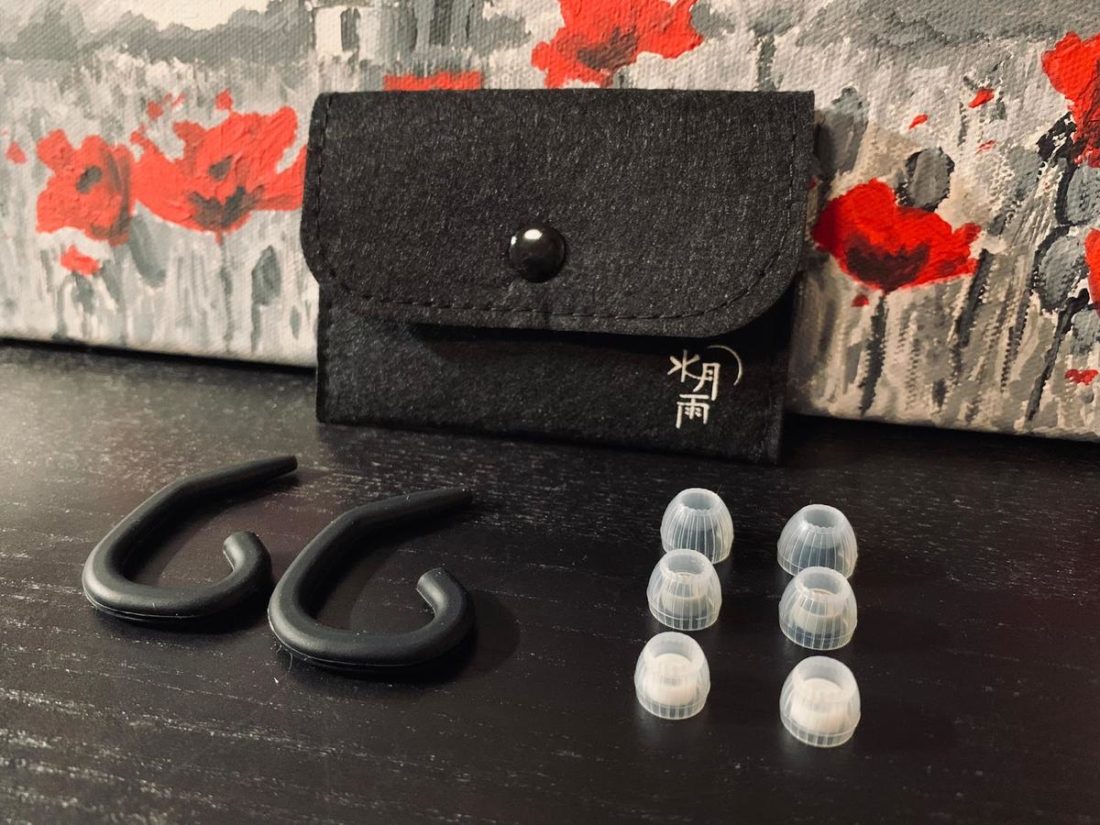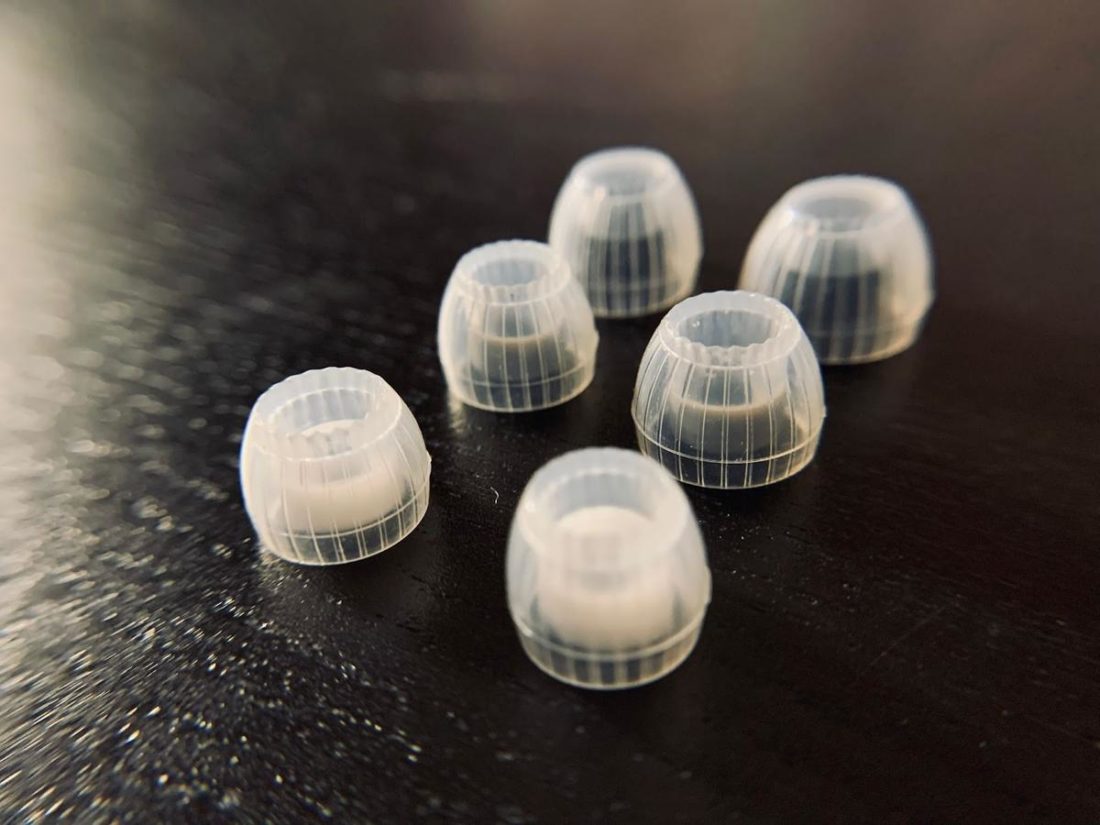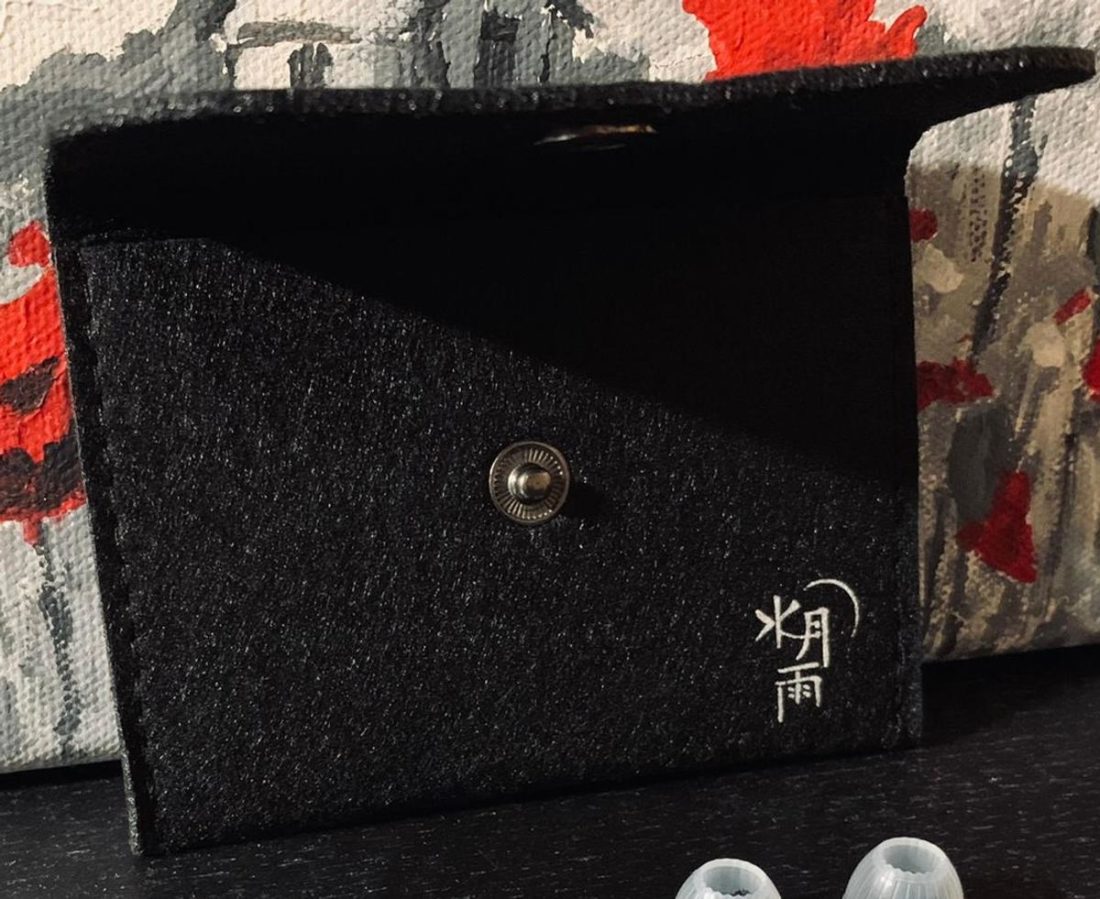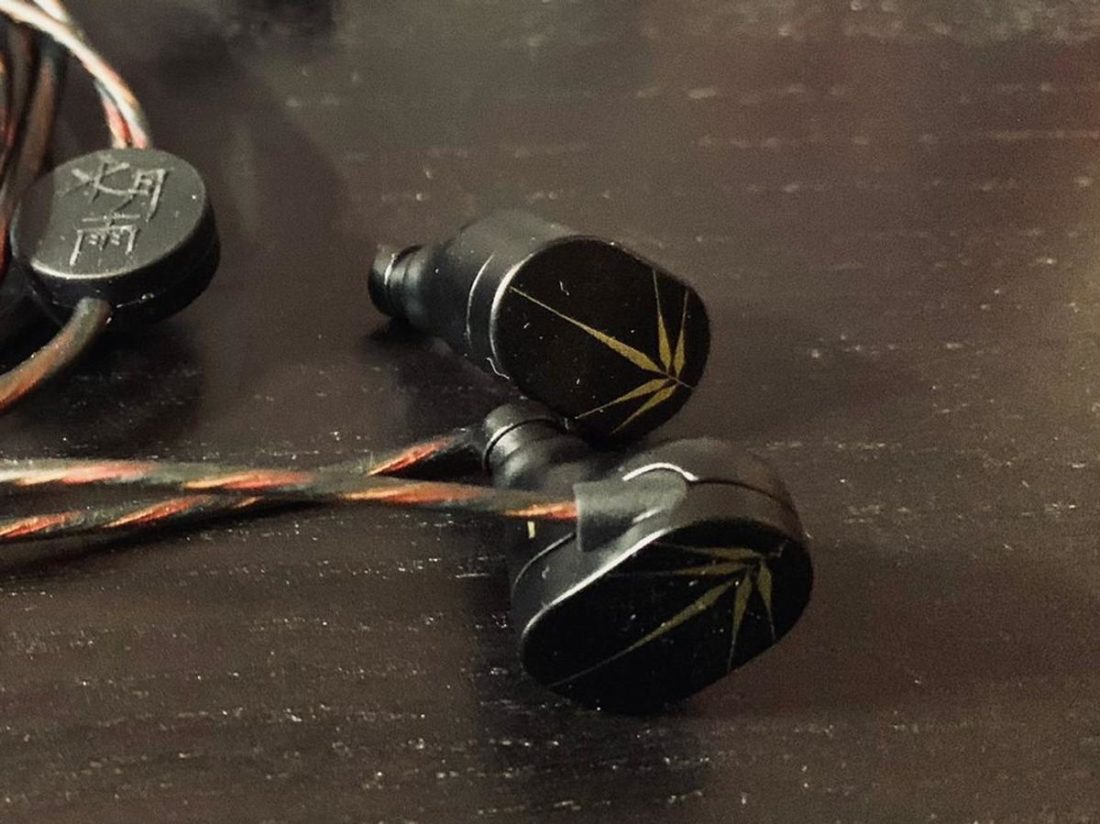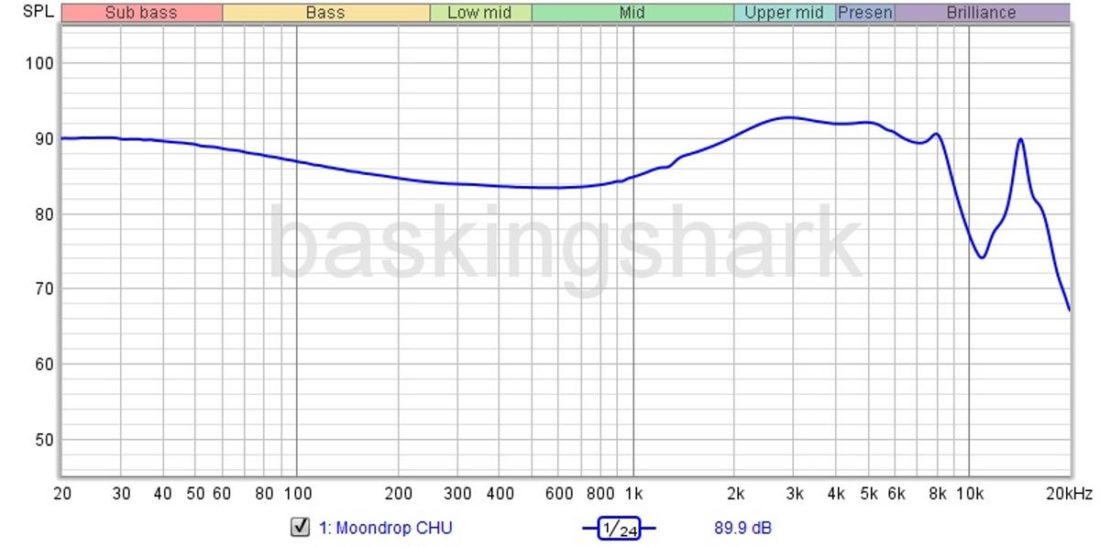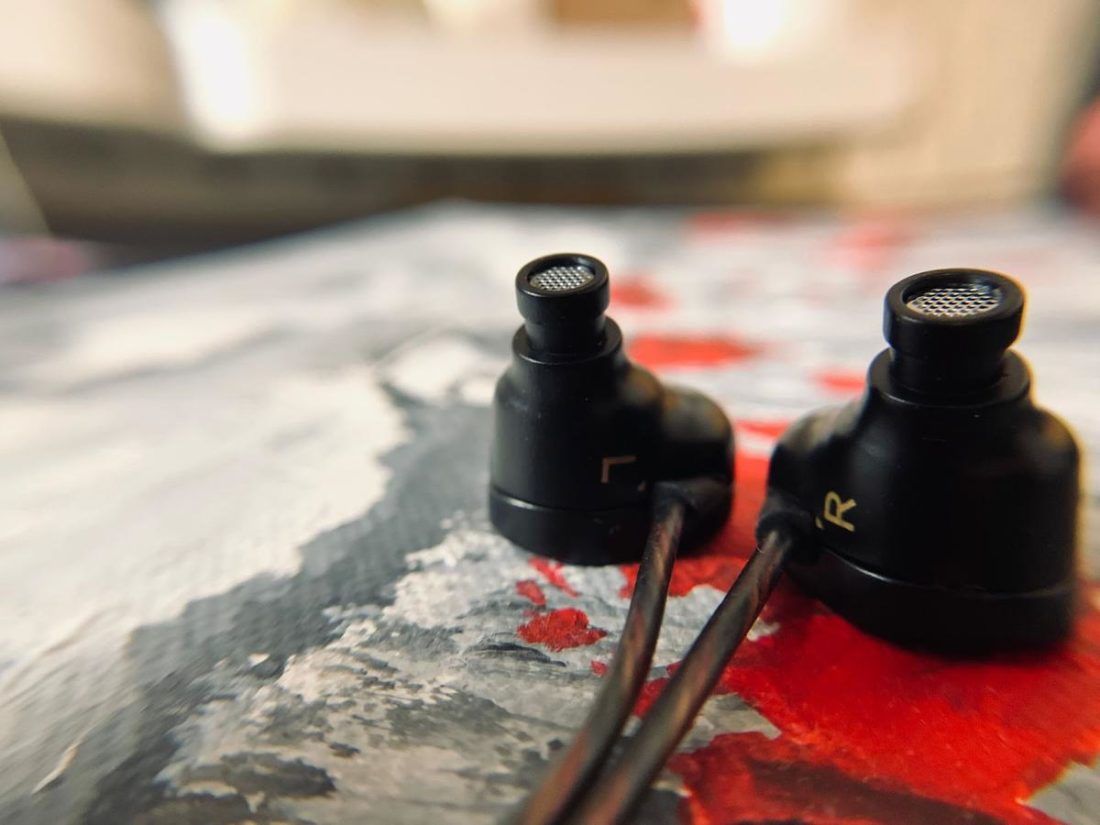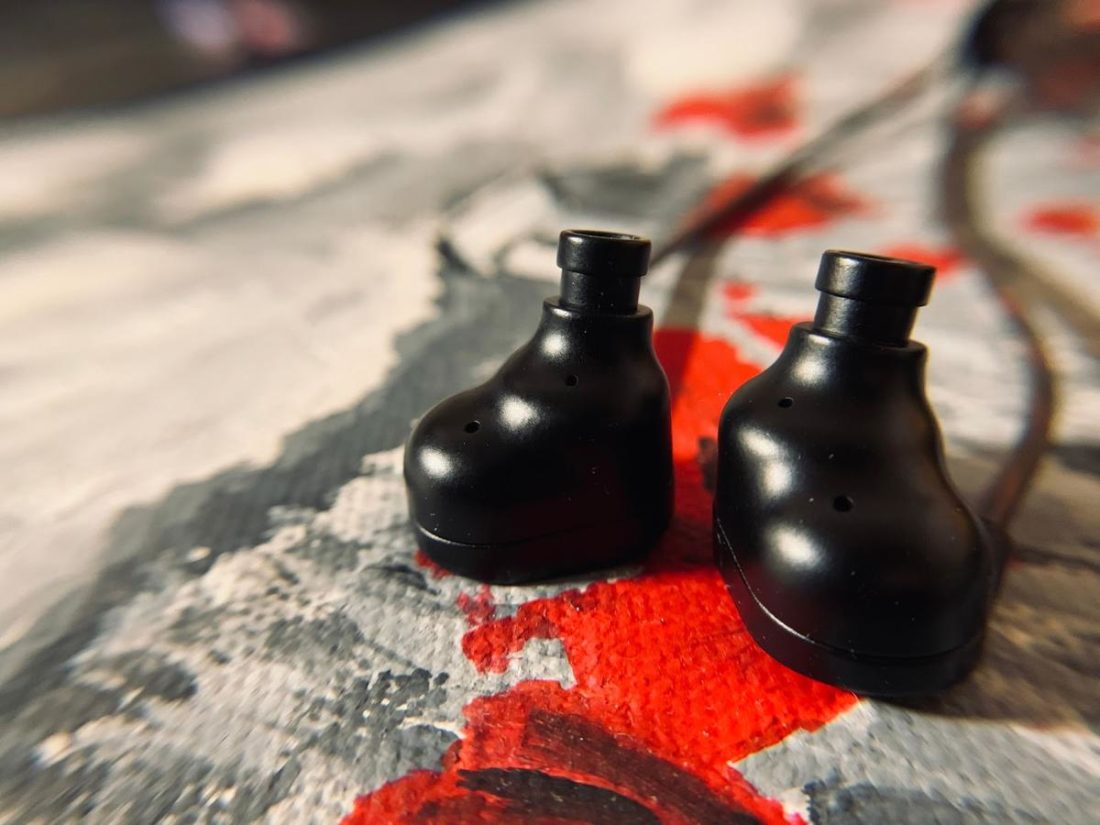The CHU are one of Moondrop’s cheapest releases, with an asking price below USD$25. The Moondrop Spring tips, which are included with the CHU, retail near USD$15, so one can see the CHU as costing a mere few extra bucks! This segues us to the point that in the ultra cut-throat CHI-FI budget market, hype-trains are released on an almost weekly basis and IEM enthusiasts are religiously searching for a holy grail miracle pair that can do-it-all at the lowest possible price. However, many so-called hype-trains fall off the tracks after a couple of weeks and become foot-notes in audio forums. As consumers, how do we sieve the chaff from the wheat? Today, we shall tackle the million-dollar question of whether the CHU are another forgettable side-grade Pokemon collectable or a bench-mark budget set. Let’s find out if you should pick-a-CHU!
Company Overview
Moondrop formed in 2015, and since then, it has come leaps and bounds and is now arguably one of the preeminent leaders in the CHI-FI industry. Moondrop is popular among CHI-FI enthusiasts, and they have released some crowd favorite IEMs, such as the Blessing 2, Dusk, Aria 2021, KATO and Starfield (just to name a few), and even ventured into earbuds, some of which are considered best-in-class (eg Chaconne and Liebesleid). Moondrop recently entered the TWS game with the Sparks and Nekocake.
Technical Specifications
Form: IEMs Drivers: 1 x 10mm nano-crystal coated composite dynamic driver with titanium-coated diaphragm Impedance (Ohm): 18Ω Sensitivity (dB): 120dB/Vrms (@1KHz) Frequency Response (Hz): 10 Hz – 35 KHz Removable Cable: N
Source Plug: 3.5 mm TRS, single-ended
Mic: there is a mic and non-mic version available
Packaging
In the box
Moondrop CHU IEMs 3 pairs of Moondrop Spring tips (silicone ear tips) (S, M, L) Carrying case 1 pair of ear-hooks
For around 20 bucks, the provided accessories are extremely generous. I’ve definitely seen higher-priced sets that gave way less goodies! The highly sought after Moondrop Spring tips have a special structure that reduces distortion from the nozzle and suppresses unwanted resonances. A unique radial double support structure also reportedly decreases bass loss. The Spring tips give a bass-lite seasoning plus treble roll-off, thus making them sound quite undynamic, compressed, and subdued. For those of us who tip-roll, I advise you to try aftermarket ear tips. In particular, I quite enjoyed the Spinfit CP145 pairing with the CHU. These ear tips opened up the sound by improving soundstage and clarity, and dynamics are boosted markedly. Of course this is a YMMV situation, as we all have different ear anatomies. Another point to note is that some aftermarket ear tips cost near the price of the CHU, so I understand if some are content to use the included Spring tips!
Cable
The cable is unfortunately non-detachable, which may be a deal-breaker for some. There is no strain relief present where the cable inserts into the housing, and this may be a potential point of failure down the line. The cable is also quite thin and tangly. Due to the lack of chin cinch, the cable tends to unwind when used over the ears, so I would recommend to utilize the included ear-hooks. On a positive note, the cable has surprisingly minimal microphonics.
Case
Don’t get me wrong, the case looks great, but in terms of practicality, this case is quite thin and seems a bit flimsy, so I have doubts that the contained items inside will survive someone sitting on them. There is no reinforcement of the clasp on the case, this also may be a point of failure down the line with repeated usage.
Design
The housings are fashioned from mould-injected zinc alloy. The build is actually very solid and the CHU put to shame some higher priced competitors that look and feel like cheap plastic in comparison. The shells are on the smaller side and are ovoid. A left and right marking is painted on each shell. The nozzles of the CHU have a wax guard, which is a welcome addition to prevent debris from dropping in. With the Spring tips installed, isolation on the CHU is above average (they are vented, as per most dynamic driver IEMs). They are usable outdoors, though don’t be expecting top-notch isolation on the level of unvented BA sets.
Comfort
The CHU housings are decent in terms of comfort and are quite ergonomic. I’ve used them for hours without any issues. Using the provided ear-hooks does give a more secure and snug fit. I did not experience driver flex on my pair, but this may be dependent on types of eartips used and on ear anatomy.
Internals
Moondrop advertises that the CHU utilize a 10mm dynamic driver with a composite cavity structure. Within the driver is a N52 neodymium magnetic circuit, with an ultra-thin imported CCAW (copper-clad aluminum wire) voice coil. This theoretically gives better sonic performance in the areas of clarity and details.
Moondrop CHU Sound
The CHU follow Moondrop’s virtual diffuse sound field (VDSF) tuning philosophy (which is their in-house variant of the Harman curve). Tonality is generally excellent for the price, with only occasional glare in the upper midrange and some sub-bass roll-off. Otherwise there’s no other major flaws or marked peaks and troughs in the frequency response. Note weight is thin and dry, and vocal timbre can occasionally be nasal with the stock Spring tips. Timbre for acoustic instruments is organic, and better than some competitors (e.g. the Tripowin Lea). Pairing the CHU with a warmer source may help even out their dry signature. Unfortunately, the CHU do not have the technical chops to back up the good tonality. Imaging is actually very good for the price, but micro-details and soundstage aren’t that great. In fact, the soundstage is quite compressed, width is average, but depth and height are below average and music sounds in-your-head. The good news is that aftermarket eartips (as discussed above) can improve these areas, so don’t be shy to explore various tips. Additionally, there are community mods for those who are adventurous enough to want to improve this $20 IEM’s sound.
Bass
With the stock Spring tips, the CHU’s bass is only just a slight tinge north of neutral, contrary to the graph which seems to indicate a heavier bass presonse. The bass is focused mostly at the sub-bass, but even so, there’s just a tickle of sub-bass in bass heavy tracks. In terms of quality, bass texturing is pretty decent, but it isn’t the most detailed. The bass lies on the faster side and there is no mid-bass bleed.
Midrange
The lower mids are a bit sterile due to lack of mid-bass heft, but this brings good transparency and clarity. Due to the corresponding lack of bass quantity, the upper midrange region may at times be overly forward and even veer to shoutiness. At moderate volumes, the CHU actually are quite enjoyable, but at higher volumes, the CHU can be jarring. However, upper mids perception hinges on a few factors, such as hearing health, volume-played-at (ie Fletcher Munson curve), source, and pinna gain (ear anatomy).
Treble
The CHU’s lower treble continues on from the boosted upper mids. The upper treble thereafter is moderately extended, it is not the most airy or sparkly. Sibilance is mild. Likely only higher-frequency sensitive folk will have an issue with the treble.
Comparisons
I compared the Moondrop CHU against some other ultra-budget single DD sets. The Aria are also included as some folks have asked for comparisons between the two Moondrop siblings on forums. Hybrids and pure BA IEMs were left out of the comparison as the different transducer types have their own pros and cons.
Vs. Moondrop Aria 2021
The Aria need no introduction, they are the CHU’s more famous big brother in the Moondrop pantheon. Considering the Aria have been out for quite some time, they are no fly-by-night hype-train and are still one of the more recommended budget single DDs out there, both from consumers and reviewers. Soundstage, imaging, micro-details and instrument separation are superior on the Aria. Tonally, the Aria are warmer and less shouty in the upper mids, with a thicker note weight. Overall, the Aria are more polished and refined, but considering the Aria are almost 3 times more expensive, they are not 3 times better, and diminishing returns hit hard the deeper one goes down the IEM rabbit-hole. If one already owns the Aria, there likely isn’t much value-add to procure the CHU.
Vs. Tripowin Lea
The Lea are another recent ultra-budget release that share a similar tonality to the CHU. Both sets are not for bassheads, and both suffer from an upper midrange glare at louder volumes. I consider these two to be sidegrades. Both rivals have good build quality, but the Lea have detachable cables, and this may actually be the deciding factor when it comes down to the wire.
Vs. Tanchjim OLA
The OLA are tuned to the unique head-related transfer function (HRTF) frequency curve. The OLA have much better technical performance and (if fitted well) they are a league or two ahead of the CHU in this department. Unfortunately, fit is the Achilles’ heel of the OLA, and poor fit equates to discomfort and a skewed sound signature. Quite a number of owners need to source aftermarket tips to remedy the fit issue, which leads to additional cost. The CHU, in contrast, are much easier to fit, and are also half the price of the OLA.
Vs. BLON BL-03
No review of budget single dynamic driver IEMs is complete without mentioning the venerable BLON BL-03. The BL-03 are Harman-tuned with a mid-bass bump. They have a detachable cable, but like the OLA, suffer from a notoriously bad fit, which may necessitate mods or aftermarket eartips to secure an optimal fit. The BL-03 have an analogue, lush, and thick sound, compared to the drier and thinner sound of the CHU. The BL-03 have big and slow mid-bass with mid-bass bleed, whereas the CHU have a tighter and more neutral sounding bass. Timbre is better on the BL-03, though the CHU have better technicalities. The BL-03 are more suited for laid back chilling, whereas the CHU are a bit more analytical. The BL-03 are also noticeably less shouty in the upper midrange. I view these two as complementary rather than competing IEMs, as they bring different things to the budget CHI-FI table.
Where to Buy
Conclusion
In the big scheme of things, the CHU can be purchased in lieu of an inexpensive restaurant meal. The provided accessories are stellar for the scant coin, especially considering the included Spring tips cost near ¾ of the CHU’s price! I actually know some friends that have bought the CHU specifically to get their paws on the Spring tips. Some plus points are that the shells are solid, they are easy to drive, and tonality is generally pleasing (other than some upper mid-range glare at higher volumes). Indeed, the CHU do not sport the hackneyed V-shaped tuning that is a dime-a-dozen in budget CHI-FI fare. Budget releases usually have compromises of some sort, and one cannot expect the moon (no pun intended) for such little money. Where the CHU fall short is in technicalities, a non-detachable cable, and a drier, leaner sound signature. Bassheads will also need to look elsewhere. Admittedly, these areas are nitpicks, considering the CHU are so affordable. I don’t think they can go toe-to-toe with some higher-end single DD sets. As such, I would only recommend the CHU to those who are new to the CHI-FI circuit and for beginners who want to try something neutral for cheap. For recalcitrant CHI-FI addicts who already have a large Pokemon card collection of IEMs, it might be wise to keep your powder dry (unless you want to sample the flavor of the week and get a pair of Spring tips along the way). It’s easy to say “I can’t really go wrong for the price!”. Well, my 2 cents is that buying many budget sidegrades will add up to a Mid-FI or TOTL IEM one day, and we only have one pair of ears! A new hype-train is already leaving the station just as you are reading this! Nevertheless, it’s truly amazing what little money can get one nowadays in terms of sonic fidelity and the CHU do much more right than wrong. I foresee the CHU will be one of the most recommended ultra-budget pairs this year. All aboard! CHU CHU! The hype-train continues to chugeth along to the next station!
